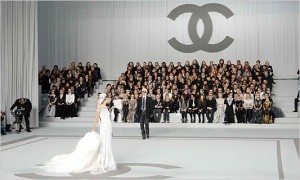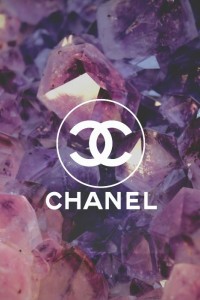The project proved a rewarding experience and although the task seemed somewhat daunting at first, I was rather pleased with the manner in which our team resolved its efforts. Everyone worked very well together and committed themselves to the project’s execution.
At the beginning of our group project, there were essentially no problems. However, once we started to make a project video that day, group members began to raise some concerns. The project video is based on the group’s first two assignments. We carefully read the comments and feedback from the professor and deliberated over of how to improve the geographical segmentation. We discussed in greater detail and specifies before the activity began. We discussed the company’s current environment, and the ways of improvement of the current 4Ps.
Firstly, we had an authentic context in this project; it would lend itself to practice in the real world; secondly, we had good cooperation; thirdly, we took a creative approach to the activity and had a high interaction from our team members.
From this video assignment, I learned a lot about how to design a pragmatic and reliable activity to market products. From this teamwork experience, I learned that teamwork is a two-sided coin, possessing both positive and negative potential. Together, a group can accomplish much quickly in a short duration of time, but effective leadership requires careful management and close attention to the subtleties of group dynamics. If problems are not handled well, resentment and dissatisfaction can destroy partnerships and team progress. As a team member, I think this ability and experience will be quite precious and important education in similar future endeavors.


